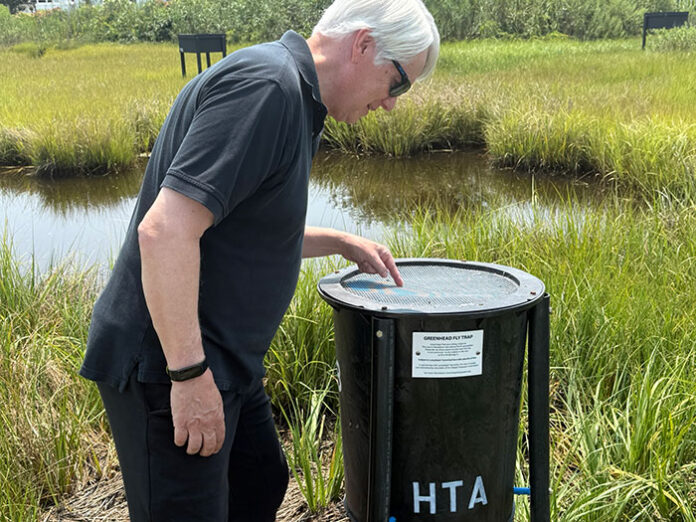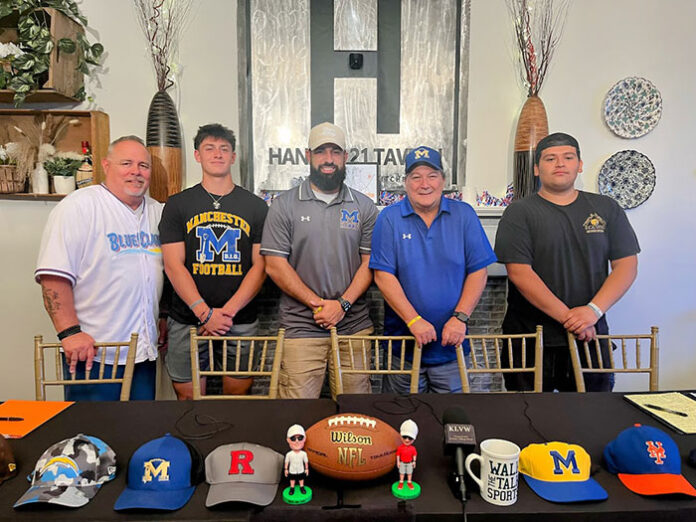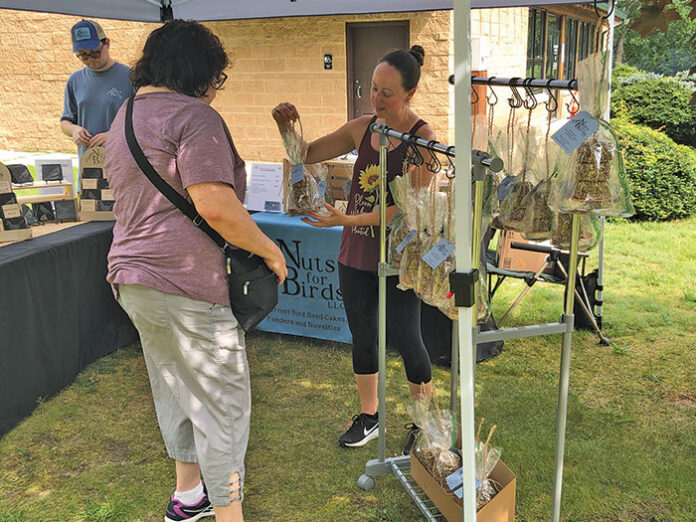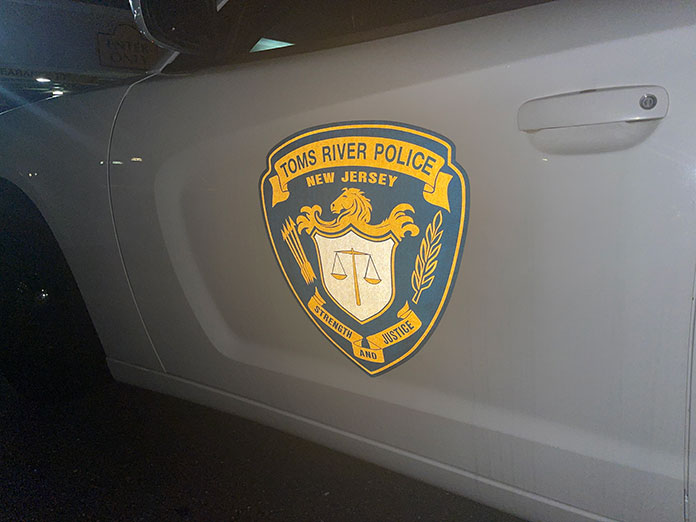HOLGATE A slap initiates it. Then another. A Jersey Shore summer beach day can quickly devolve into a makeshift shelter within minutes. Coolers are full, umbrellas close, and flip-flops shuffle swiftly in the direction of the dunes.
Swarms of greenhead flies are being carried from the marshes onto the sand by a shift in wind direction from east to west, not a shark in the surf. When conditions are favorable, the insects can drive many beachgoers away from the shoreline with their iridescent eyes and stinging bite.
Summertime Pests in Nature
One of the most enduring seasonal annoyances on the Jersey Shore is the salt marsh greenhead insect. Building on prior research from 1967 that looked at how weather affected activity patterns, Rutgers University researchers started examining their feeding habits in 1972.
Only the females bite, puncturing skin with their scissor-like mouthparts to extract blood for the creation of eggs. Although greenhead flies do not spread illness, their bites can cause discomfort and itching, as well as allergic reactions or infections in some situations.
Research from Rutgers has shown that on the hottest summer days, a single trap can catch over 1,000 flies in an hour. Although activity might continue from late June through September, populations typically peak in July. Hot, muggy conditions and winds coming off the marsh are frequently associated with the most active times.
Both people and huge animals like cows and horses are targets for greenhead flies. Although they are preyed upon by birds, bats, and dragonflies, their numbers are not significantly decreased by natural predators alone. Traps, when used correctly, can assist manage populations and reduce their impact on recreational areas, according to research from Rutgers and Massachusetts greenhead management programs.
Holgate’s Trap Initiative
The only neighborhood on Long Beach Island with a formalized greenhead fly trap program is Holgate. Scouts once constructed traps in Little Egg Harbor and Barnegat, but those have since been abandoned.
According to Holgate Taxpayers Association (HTA) President Randall Pearsall, the initiative started almost 30 years ago. According to Pearsall, Bill Hudson, the proprietor of Lorry’s Island End Motel, was speaking with Cliff and Jill Denker, two locals. His business and everyone else’s ability to enjoy the beach were both impacted by their terrible days.
The group modified the concept for Holgate after learning about a successful greenhead program in Massachusetts. The HTA created its own traps based on Massachusetts methods and Rutgers recommendations. A cylindrical design and the more popular huge, black wooden boxes on legs in the marsh are the two forms that are employed today.
The boxes are painted dark to absorb heat and resemble a huge animal, which is a prime target for female flies to bite. To make them more effective, many are baited with octenol, a fragrance molecule that has a smell similar to human perspiration or animal breath. A V-shaped screen directs the fly into a collection chamber once it lands, where it gets caught and ultimately perishes.
Reducing the visual intrusiveness of the traps has been suggested by several. According to Pearsall, one of our locals proposed painting the traps to resemble cows. It might give the marsh the appearance of a small sculpture park rather than a field of black boxes from a distance. For a more aesthetically pleasing appearance, we are considering stenciling plywood panels to give them a more animal-like aspect. According to Pearsall, any such modifications would just be aesthetic and would not lessen the trap’s usefulness.
Sustaining the Program
The trap program needs constant maintenance. Many older traps eventually became irreparably damaged, and there were fewer volunteers available to keep them up to date. New volunteers recently reconditioned the traps that could be saved and cleared the marsh of damaged traps.
Additionally, Tom Beaty, a semi-retired craftsman who builds traps as a side gig, donated additional traps to the HTA. Beaty is contacted by homeowners who are interested in setting a trap on private property, and the association buys from him for use in public areas.
Trap prices vary from $100 to $250 according on the quantity of the order and the materials used. While backyard traps can be constructed from untreated lumber, marsh traps are usually constructed from pressure-treated wood to withstand exposure to water.
Requesting Assistance from the Government
Pearsall has argued for extending operations to the mainland, where sizable marsh regions act as greenhead fly breeding grounds, whereas Holgate’s trap program depends on local volunteers and finance.
Pearsall brought up the concept at a recent meeting of the Ocean County Board of Commissioners. The problem was acknowledged by Commissioner Jennifier Bacchione. She claimed that even Bayville is awful. Last week, I contracted an infection from a bite. Our beaches are being destroyed by the terrible conditions on the ocean.
Michael Fiure, the business administrator for Ocean government, stated that the government is examining its alternatives. State laws might also be involved. A bill presented in January 2022 by then-State Senator Christopher Connors would have appropriated $50,000 to give counties in New Jersey the authority to establish mosquito eradication commissions to conduct programs intended to eradicate greenhead flies. The bill, which was based on the concept of the Rutgers trap, requested funding from the Department of Environmental Protection to build, install, and maintain traps. The bill never made it out of committee.
The bill was submitted by State Senator Carmen Amato in 2024, and the Senate Community and Urban Affairs Committee is currently reviewing it.
The Reality of Seasons
Greenheads cannot be totally eradicated from the shoreline, even with a network of traps. Days with a lot of flies can still be brought on by west winds.
Meanwhile, the approximately 100 traps and the volunteers who construct, bait, and store them are the foundation of Holgate’s greenhead defense. Although results vary depending on wind and weather, locals report fewer flies in areas with traps.












